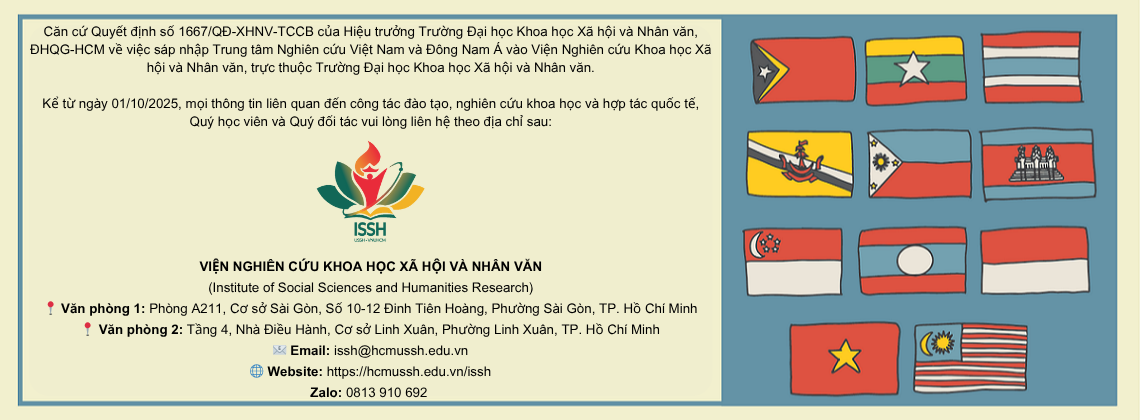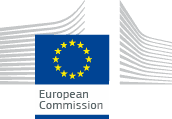A VISIT TO NOBLAND COMPANY
, 29/01/2016 11:01
Dr. Tran Dinh Lam, Director of the Center for Vietnamese and Southeast Asian Studies, together with 20 Korean students who are studying at the Faculty of Vietnamese Studies, HCMC University of Social Sciences and Humanities, paid a visit to the Nobland Company on April 06 to learn about the environment of foreign investment in Vietnam.
.jpg)
Dr. Tran Dinh Lam (L, 1st row) and Korean Students visited Nobland Company.
This South Korea-based company started its investment and production in Vietnam in 2002 with the capital of over $25 million. The company’s operation began with only 30 production lines and was run with gaps, but now it has built 4 factories in Vietnam, located in HCMC, Da Nang, and Phu Yen, with 241 production lines. The HCMC-based plant consists of over 6,000 Vietnamese employees who work under 80 Korean managers. Nobland’s partners are a number of big companies, such as Gap, H&M, Guess, Banana Republic, Zara, J.Clew, etc.
The company’s production items are mainly knitting products (60%) and woven apparel (40%), in which female garments account for about 85%.
Nobland often runs annual charities, offers scholarships and launches programs for community. It also provides workers with comfortable accommodation. The factories employ modern production lines which help save labor but increase productivity. Besides, the company always opens training courses in new technology, and those completing them will be assigned new positions.
Nobland’s motto is “Green House”, which means saving natural resources. The company always stores rainwater in large reservoirs for later use during the dry season. According to Lee, Vietnam is considered to have the great potential for developing the textile and garment industry thanks to cheap labor and rapid market changes, which is the reason for their investment in the country.
The Vietnam’s market, however, still remains several disadvantages. The manufacturing sector in Vietnam has not yet advanced; therefore, the company has to import materials from China since Vietnam is unable to manufacture various types of thread. Cutting cost for materials is very important to a company. If they could buy them directly in Vietnam, it would be more beneficial. As a result, they want the weaving industry to be more developed.
The students had a chance to visit the company’s production lines. Interestingly, some manufacturing sites have 2 kinds of flags in red and yellow. Red flags indicate that the line is very important; therefore, special attention is needed, whereas yellow ones imply mistakes by employees. Thanks to this technique, the company can reduce the number of defective products.
Before coming back to HCMC USSH, those Korean students dropped by the SOS orphanage in Go Vap District.














